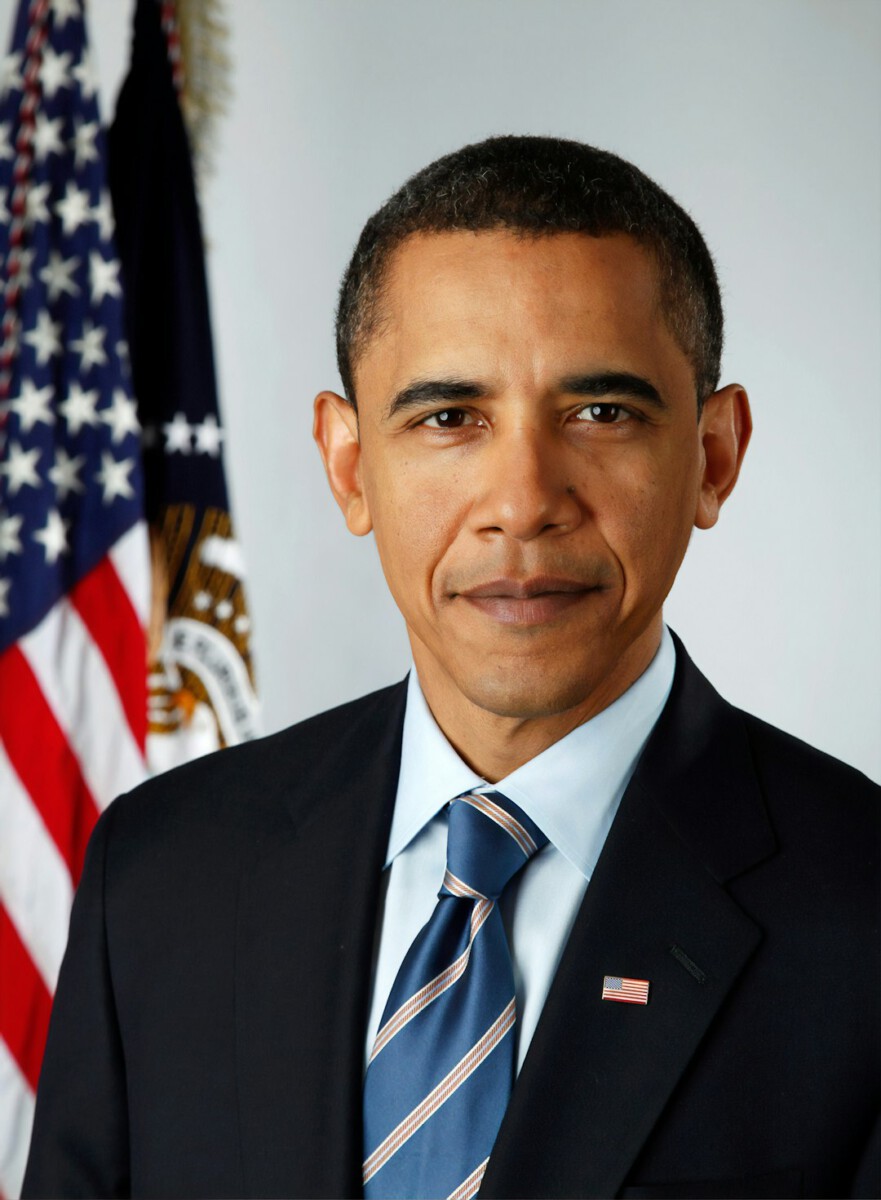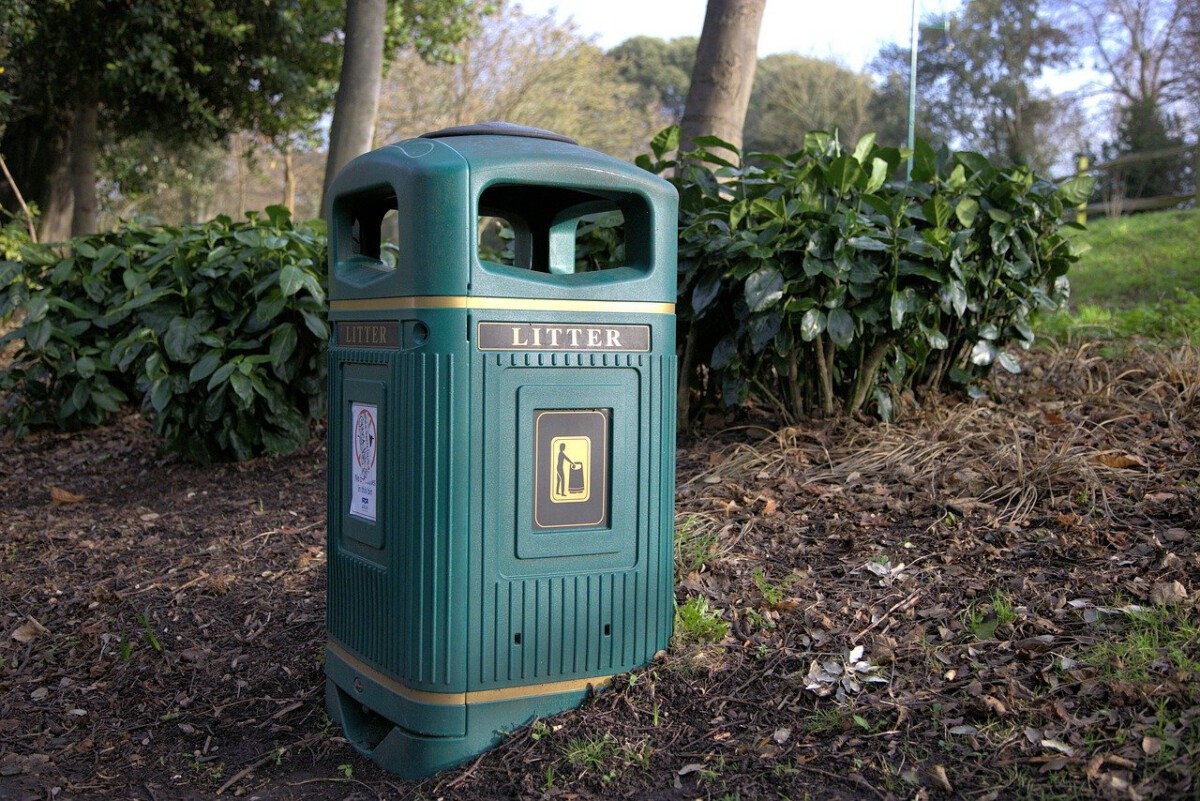Trump’s Unexpected Mid-Decade Move Ignites Alarm (Image Credits: Unsplash)
In the shadowed corridors of political strategy, where late-night calls and urgent memos shape the nation’s future, a former president is pulling strings to safeguard democracy’s balance.
Trump’s Unexpected Mid-Decade Move Ignites Alarm
Picture this: it’s mid-2025, and President Trump decides to upend the usual timeline for redrawing congressional maps. Republicans in states like Texas push through new districts designed to lock in more House seats for their party, all without waiting for the post-census cycle. This bold maneuver, urged on by the White House, aims to shield the GOP majority through the upcoming midterms and beyond.
Critics see it as a blatant power grab, tilting the scales in an already polarized Congress. Democrats, caught off guard, scramble to respond. Yet, one voice from the past rises above the fray, signaling a deeper worry about unchecked influence.
The stakes couldn’t be higher. With control of the House hanging in the balance, this isn’t just about seats – it’s about who gets to steer the country’s course for years to come.
Obama Steps Out of Retirement’s Shadow
Barack Obama, who once stepped away from the spotlight, isn’t staying silent anymore. He’s diving back into the fray with phone calls to allies and public endorsements that carry real weight. His involvement stems from a profound concern over Trump’s agenda eroding democratic norms.
Recent reports highlight Obama’s chats with figures like Eric Holder, his former attorney general, brainstorming ways to counter the Republican advances. This isn’t the Obama of speeches and memoirs; it’s a more hands-on operator, rallying support where it counts most.
What drives him? A belief that without pushback, the GOP’s tactics could cascade nationwide, weakening fair representation.
California’s Proposition 50: The Democratic Counterstrike
Enter California’s Proposition 50, a ballot measure backed by Governor Gavin Newsom to redraw the state’s congressional lines. Obama has thrown his support behind it, calling it a measured way to offset gains elsewhere. If passed by voters on November 4, it could flip up to five seats toward Democrats, neutralizing Texas’s aggressive remap.
This isn’t wild gerrymandering, Obama argues – it’s a necessary response to maintain equilibrium. The plan targets districts without overreaching, focusing on areas where population shifts demand adjustment anyway.
Supporters frame it as defensive chess, not conquest. Still, opponents like former Governor Arnold Schwarzenegger warn it risks eroding trust in the process.
Key Players and Growing Momentum
Obama’s endorsement isn’t solo. Nancy Pelosi and Eric Holder have joined the chorus, boosting fundraising for groups like the National Democratic Redistricting Committee. Events tied to Prop 50 have raised millions, turning quiet strategy into a louder call to action.
Here’s a quick look at the main allies driving this effort:
- Barack Obama: Provides star power and strategic guidance.
- Gavin Newsom: Leads the state-level charge with Prop 50.
- Eric Holder: Heads legal fights against unfair maps.
- Nancy Pelosi: Mobilizes congressional Democrats.
- Grassroots donors: Fuel the campaign with over $2 million so far.
Together, they’re building a coalition that spans from D.C. to Sacramento, emphasizing unity against perceived threats.
The Bigger Picture: Democracy on the Line
This redistricting clash reveals cracks in America’s electoral foundation. Trump’s push for early changes in multiple states – North Carolina now eyeing a seventh GOP seat – highlights how mid-decade tweaks can entrench power. Democrats counter that such moves undermine the independent commissions meant to keep maps fair.
Obama’s role underscores a rare bipartisan anxiety. Even some Republicans privately fret about the precedent, fearing future Democratic reprisals. Yet, with Trump framing it as essential for his agenda, the battle lines are drawn sharp.
At its core, this fight tests whether the system can self-correct or if it’ll spiral into endless partisan wars.
Looking Ahead to November and Beyond
As Election Day nears, all eyes turn to California voters. A yes on Prop 50 could blunt Trump’s momentum, potentially shifting House dynamics by 2026. Obama has even starred in ads, urging turnout with lines like “Democracy is on the ballot.”
Legal challenges loom too, with suits already filed in Texas and elsewhere. If courts intervene, it might force a nationwide rethink on redistricting rules.
Whatever happens, Obama’s emergence signals a new era of ex-presidential activism. It’s a reminder that past leaders still shape the present.
Key Takeaways
- Obama’s support for Prop 50 aims to balance Trump’s gains in states like Texas.
- This mid-decade push by Republicans could secure their House edge through midterms.
- Voter turnout in California holds the key to countering the strategy.
In the end, this redistricting showdown boils down to one truth: fair maps matter for a functioning democracy. Obama’s fightback shows that vigilance never retires. What do you think – will Prop 50 pass, or is this just the start of more battles? Share your thoughts in the comments.





